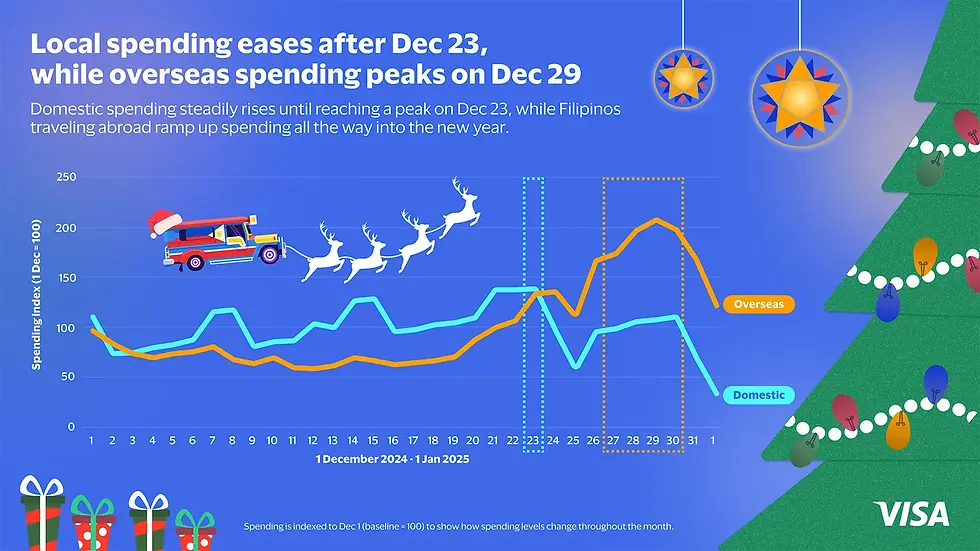- Ziggurat Realestatecorp

- 2 days ago
- 2 min read
Ex-spouses in the Philippines generally have no right to inherit from a former spouse's estate once the marriage ends through recognized divorce, annulment, or legal separation. Philippine law treats divorced or annulled spouses as no longer qualifying as compulsory heirs under intestate or testate succession rules. This principle stems from the Civil Code and Family Code, which prioritize current marital status for spousal inheritance claims.
Legal Basis in Philippine Law
The Civil Code (Republic Act No. 386) governs succession in Articles 887-1014 for intestate cases and Articles 783-886 for testate succession. Compulsory heirs include the legitimate surviving spouse, alongside children and parents, but only if the spousal relationship exists at death—excluding ex-spouses post-dissolution. Article 887 explicitly lists the "surviving spouse" as a compulsory heir, a status lost upon divorce recognition or annulment, as confirmed in cases like Republic v. Manalo (2018).
Legal separation under Family Code Articles 55-67 disqualifies the offending spouse from inheriting intestate from the innocent one per Article 63(4), while both retain some rights absent fault findings. Annulment declares the marriage void ab initio, fully stripping ex-spouses of inheritance eligibility similar to divorce effects.
Impact of Divorce and Annulment
Foreign divorces are recognized under Family Code Article 26 for mixed marriages (Filipino-foreigner), requiring judicial confirmation via petition in Regional Trial Court. Once recognized, the ex-spouse loses "surviving spouse" status, barring intestate shares—like one-half of the estate without children—and legitime claims. For example, a Filipino ex-wife cannot claim from her deceased American ex-husband's Philippine estate post-U.S. divorce recognition.
In testate succession, pre-divorce wills favoring an ex-spouse remain but cannot override legitime for other compulsory heirs; ex-spouses lack mandatory shares post-dissolution. Property regimes liquidate upon divorce (Family Code Article 129), dividing assets equally but excluding them from future estates, preventing inheritance overlap.
Exceptions and Special Scenarios
De facto separation without court action preserves inheritance rights, as the marriage subsists under Civil Code Article 15. Muslim Filipinos under PD 1083 may have divorce options affecting inheritance via Shari'a rules. Dual citizens reacquiring Philippine citizenship post-foreign divorce (RA 9225) may still qualify for recognition if divorced as aliens.
Children from dissolved marriages remain compulsory heirs unaffected by parental divorce. Disinheritance for causes like adultery (Civil Code Article 919) applies pre- or post-dissolution but requires valid grounds.
Practical Steps for Estate Planning
Heirs must probate estates via judicial (with will or disputes) or extrajudicial settlement (no will, all heirs agree). Ex-spouses can contest unrecognized foreign divorces, so prompt RTC petitions are essential. Consult family law experts for recognition, as delays preserve spousal claims; prenups clarify expectations in mixed marriages. Estate taxes apply without spousal exemptions post-dissolution (TRAIN Law).
Source: Ziggurat Real Estate




